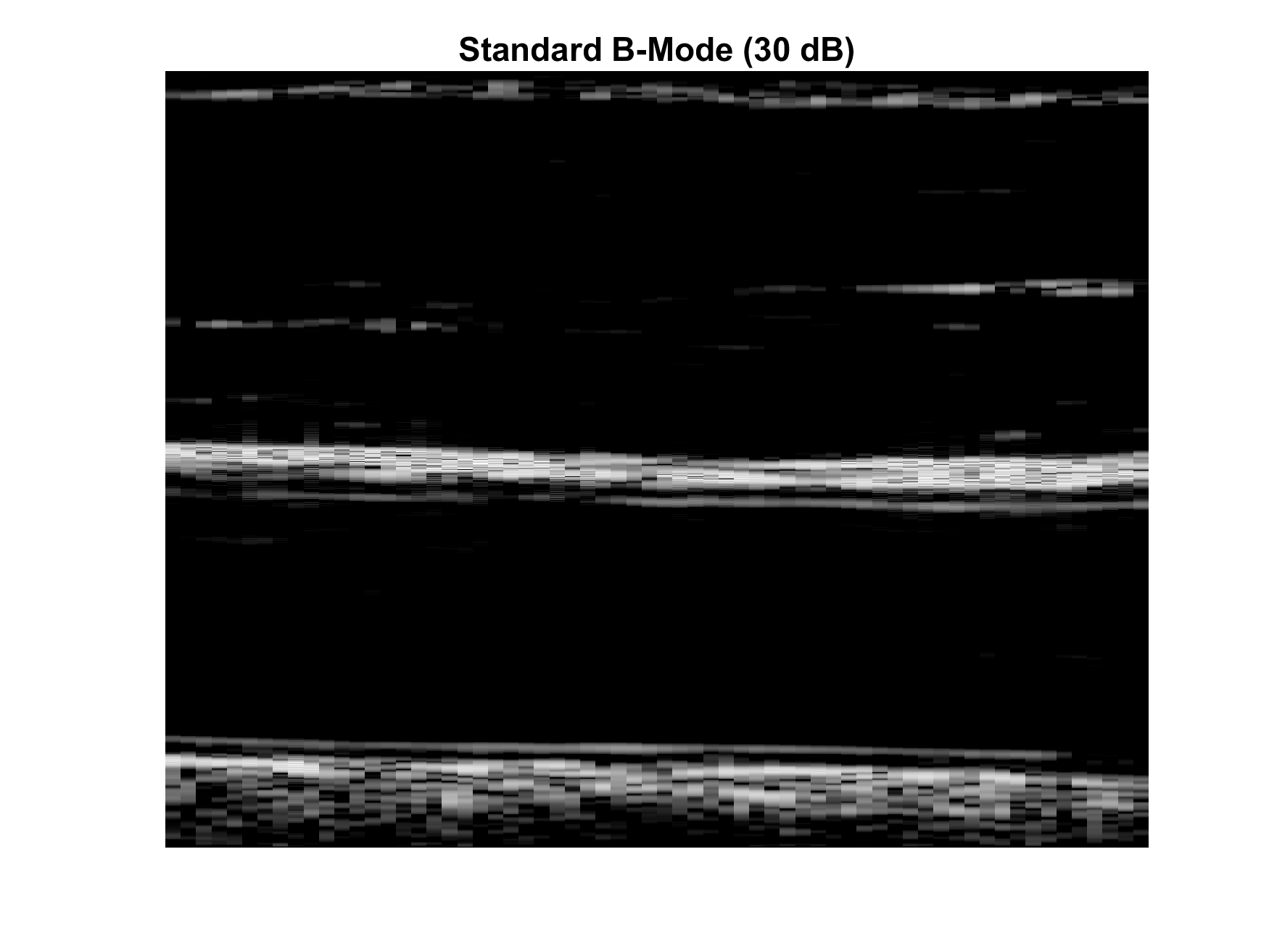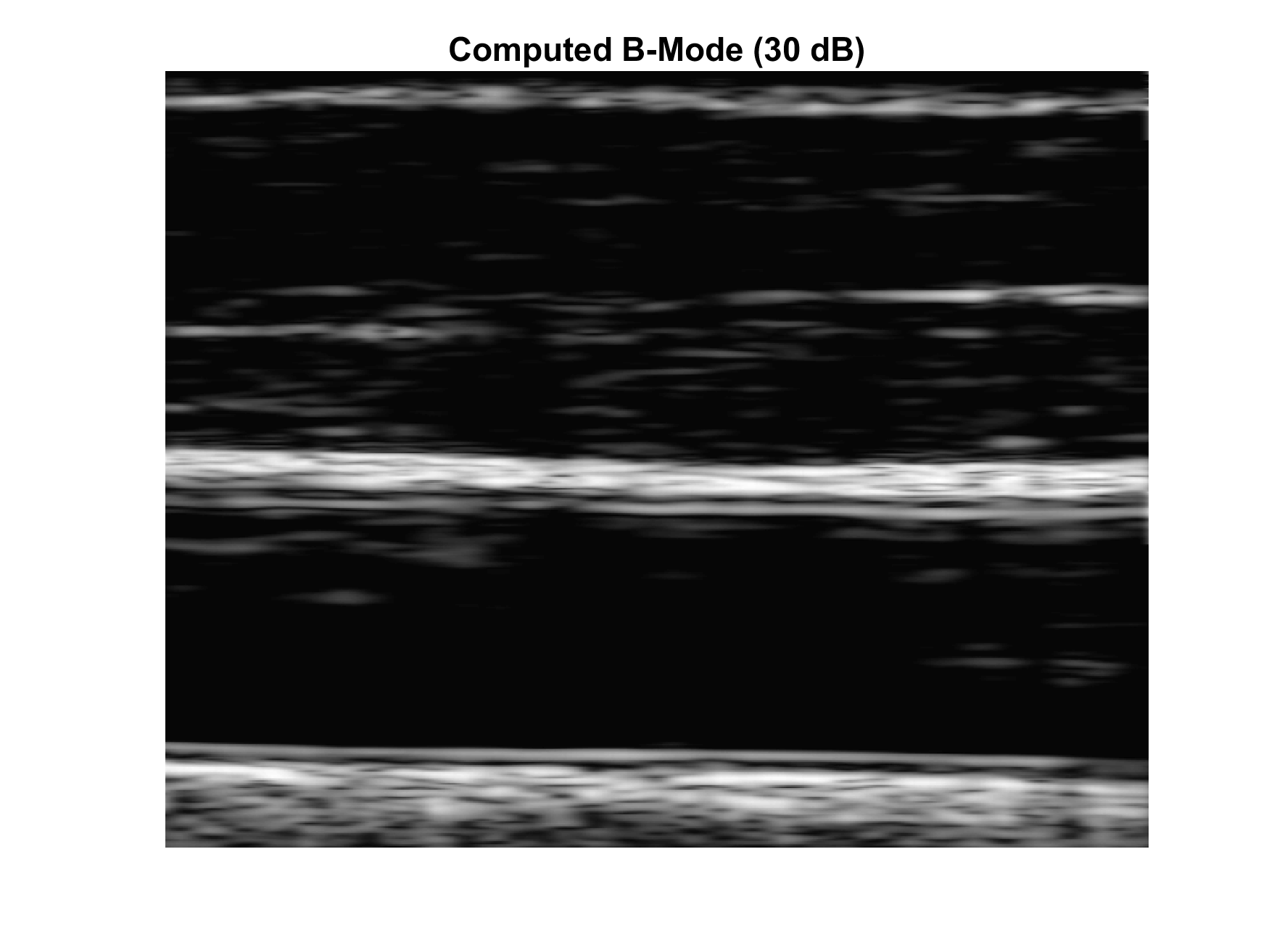Master/PFE Internship
Image processing and rendering for 2D/3D ultrasound images
In clinical situations, ultrasound imaging (US) is the first imaging modality used because it allows, at the bedside, a first diagnostic imaging. The US image allows the visualization of acoustic discontinuities in the environment and thus various organs of the human body. This anatomical and structural information, despite its relevance, is not always sufficient. Various functional imaging modes, in particular Doppler modes allowing the visualisation of blood flow or tissue movements, have been developed to complete the anatomical information. In parallel with these structural and flow imaging, the increase in acquisition capacities and the development of 3D ultrasound probes open up new perspectives for diagnosis.
In the context of the LabCom Image4US [1], the development of a new generation of US 3D system is targeted. To this end, a dedicated system is developed in direct relation with an advanced signal processing library for US image beamforming and Doppler imaging. This synergistic development pushes the boundaries of 3D ultrasound imaging for future potential clinical use. However, the US image quality, on such research system, is relatively low compare to what exist in clinical system. To improve such US image quality, image processing are typically used on clinical system in real-time to improve the quality of each frame generated by the system. However, such knowledge is restricted and hide by the manufacturer to the research community.
|
|
(a) | (b) |
Figure 1 – Illustration of post-processing for US image quality enhancement on an Ultrasonix platform. (a) is the initial log-compress image. (b) is the improve image by the Amplio® software provided by Ultrasonix. | |
The proposed objectives of the internship is to propose several strategies for US image quality improvement and rendering. Typically, we can identify:
- Proposed various image-processing strategies for 2D/3D US image enhancement. In particular, the Amplio® toolbox developed by Ultrasonix could be used as a starting point for such processing. In complement, a literature review have to be conducted to identify the potential methods to improve the US image quality at a level that practitioners could appreciate. A quality check could be perform in collaboration with the radiologist of the team.
- Proposed a first 3D rendering window to visualize and interact with 3D US volume. Such interface have to be intuitive for volumetric rendering, element selection and volume interaction (transparency, compression…)
- Depending on the advance of the project and the system availability, the image enhancement pipeline could be implemented in real time on the system. Moreover, the 3D rendering could also be introduced in the pipeline, in order to evaluate the flexibility of the system to go from real-time to visualization mode (and vice-versa).
Profile/Skills: Student from a top engineering school or university (generalist or EEA profile) with a speciality in image and signal processing.
Keywords: Image processing, rendering (computer graphics)
Programming skills: C, C++, python. GPU knowledge is a plus.
Start and duration of the internship: as soon as possible for a duration of 6 months.
How to apply
Send CV + cover letter + M1/M2 or engineering school transcripts to:
Pierre Ecarlat, Engineer, pierre.ecarlat@creatis.insa-lyon.fr
François Varray, Associate Professor, francois.varray@creatis.insa-lyon.fr
References
[1] | “https://anr.fr/Projet-ANR-19-LCV2-0004,” [Online]. |


